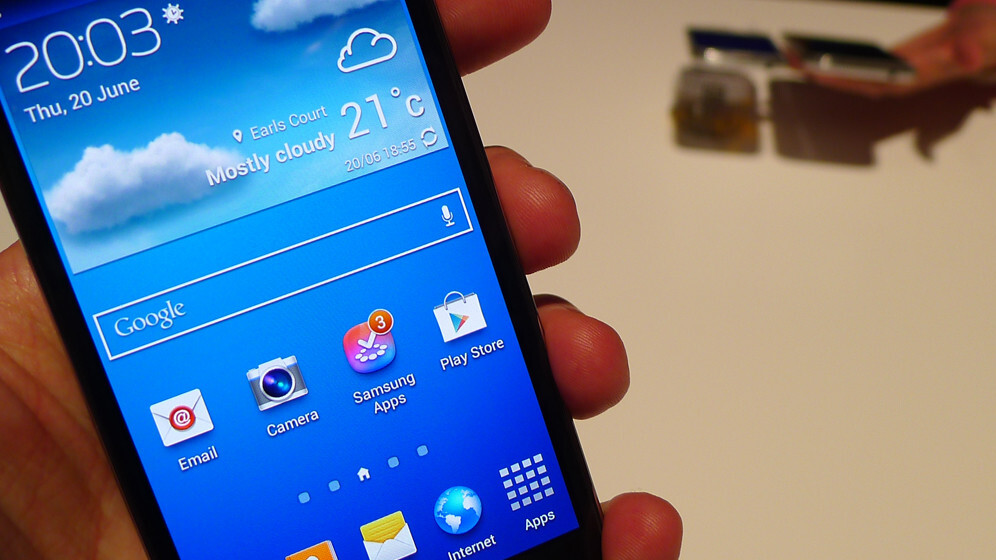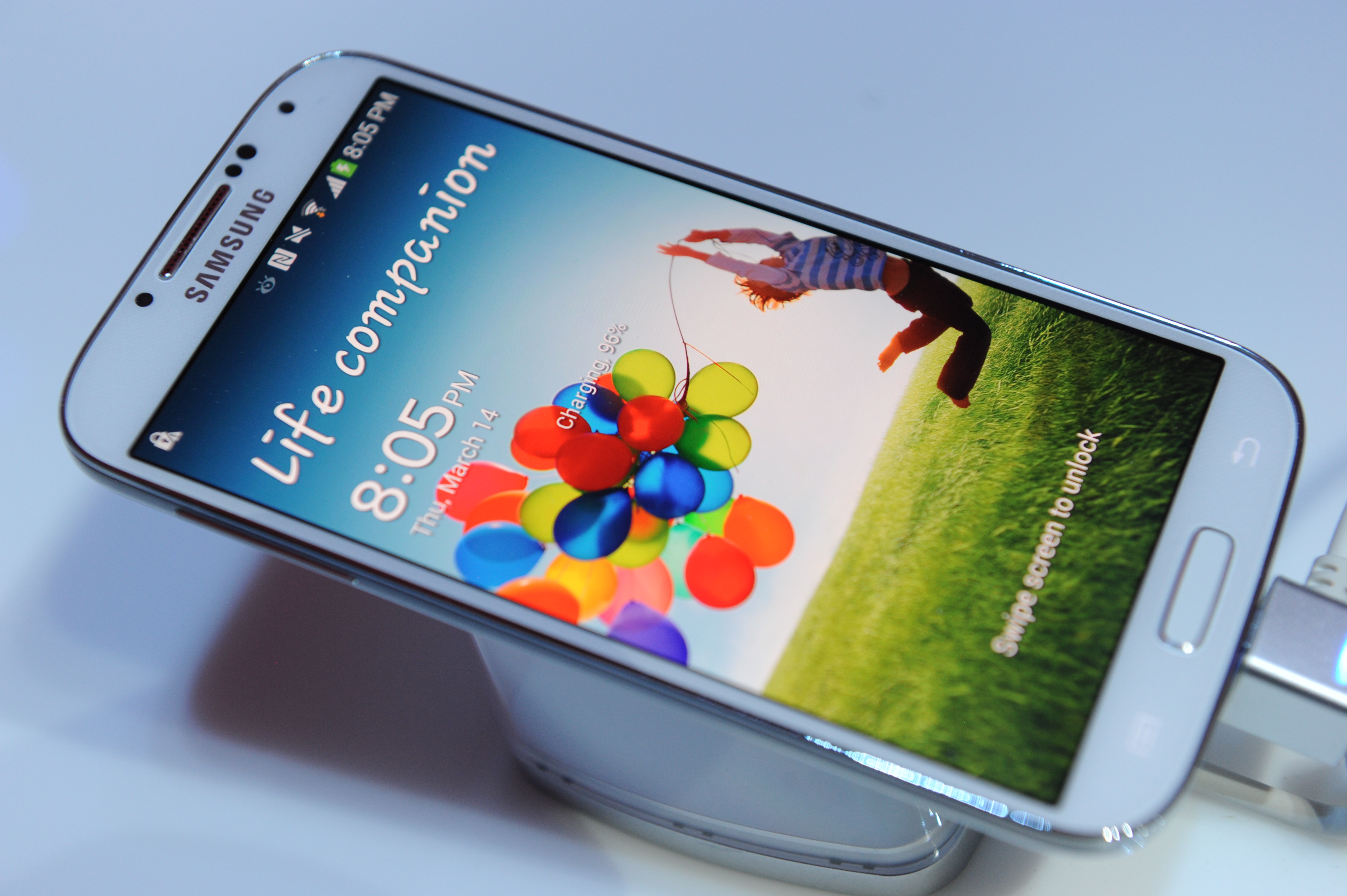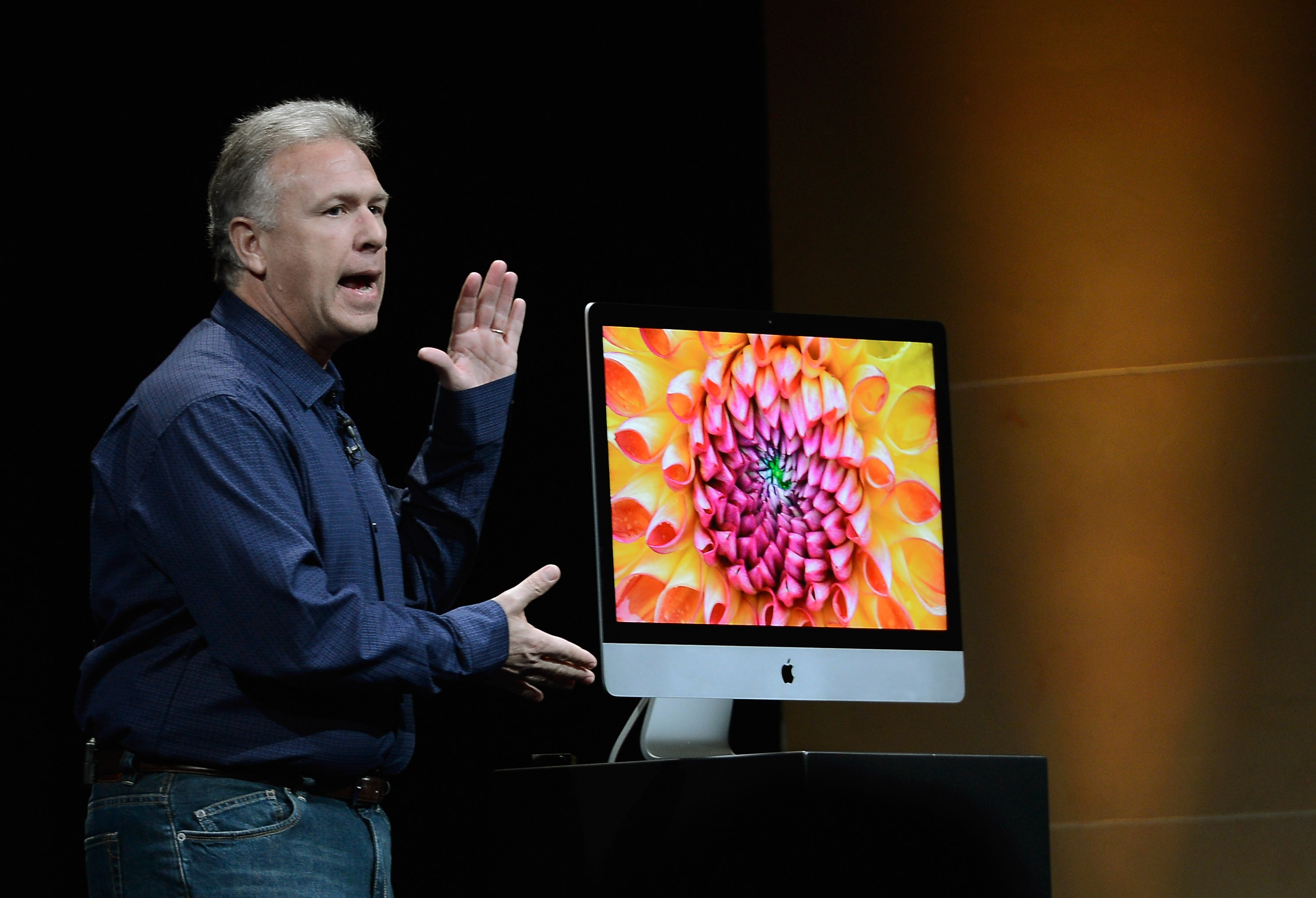
For many years, high-end smartphones were judged and critiqued based predominantly on their specs. It’s understandable, given that hardware leaps used to have such a noticeable impact on their performance. Each new release was faster and more powerful than the last.
So when Motorola finally revealed the Moto X earlier this year, it didn’t take long for people to look beyond the colors and personalized design options and compare its internals with other high-end smartphones. The Moto X has mid-range specs and despite Motorola’s efforts to justify each component, many quickly denounced the handset’s relatively high price-point.
Defenders will claim that it’s the overall experience of a smartphone, not the internals, that truly matter. The counter-argument is that these people wouldn’t support or voice that opinion if the smartphone in question had cutting-edge specs. In short, a poor excuse for a problem that could and should have been fixed.
Specs aren’t everything
For a long time, I argued that specs mattered. What’s under the hood directly affects the user experience and while it isn’t the only contributing factor, it’s an important one that consumers are right to scrutinize with each new release. Hardware is an invaluable factor for trying to decide whether a product represents good value for money.
But I’ve changed my tune in the last year or so. Many of the latest smartphones are equipped with bleeding edge hardware, but the impact of these upgrades are becoming almost intangible.
Compare the Samsung Galaxy S4 to last year’s model, the Galaxy S3. Would the average consumer notice the difference in performance? Would it change their perception of the handset, or improve their experience? I would argue not. The upgrades are an improvement – there’s no argument there – but the jumps each year are becoming smaller and smaller.
At this point, it’s diminishing returns.
An underwhelming iPhone reveal
I couldn’t help but feel underwhelmed when Apple first unveiled the iPhone 5s and 5c. I won’t deny that both handsets are outstanding; they’re some of the best smartphones that money can buy. But Apple’s presentation focused heavily on what was inside these two devices, such as the new A7 chip and M7 “motion co-processor” found in the iPhone 5s.
These are welcome improvements, but Apple struggled at times to explain how they would be of benefit to the average person. What tangible effects will a 64-bit chip introduce? Few people knew and so it was unsurprising that an article answering this very question quickly became The Next Web’s top story of the day. Yet even with that explanation, it just didn’t change the way I feel about the iPhone.
In comparison, everyone was hyped (myself included) about the fingerprint scanner and improved 8-megapixel camera in the iPhone 5s. Any new hardware feature will get people excited, but the scanner also resonated with consumers because it had an obvious application in the real world. In this case, better security and the abolition of passcodes.
Likewise, an all-new camera is an easy sell. Better photos, with a minimal amount of fuss, results in a better user experience.
A device that ‘just works’
Soon, we’ll think of smartphones in a similar manner to laptops and desktop PCs. The specs will still be important, given that we all want a machine that’s future proof for at least a few years. But as time goes on, we’ll just be looking for a piece of hardware that offers a great user experience.
That’s part of the reason why Apple has been so successful with the MacBook Air/Pro, iMac and Mac Pro. In terms of pure specs, they don’t offer particularly good value for money. Ask adopters why they bought them though, and they’ll reply: “It just works.”
It’s the experience that matters. A whole host of factors contribute to this, including the hardware aesthetics, software and marketing. Furthermore, upgraded internals only matter if they improve the final experience. If the benefit from a spec upgrade isn’t tangible, for most consumers it’s then relegated to a footnote in their buying decision.
Perhaps manufacturers will find a better way of explaining how these internal upgrades will impact the next generation of smartphones. A battery that genuinely lasts 24 hours. A camera sensor that records perfect low-light images. These upgrades can be appreciated by anyone and have clear implications for how we use smartphones on a day-to-day basis.
Above all else, it’s about the experience
Without these tangible benefits, the experience attributed to each smartphone will be prioritized. Similar to the car industry, incremental changes under the hood – improving the power, fuel consumption, safety features and so forth – will become secondary to our personal tastes.
Does it drive well?
Do I like the design?
How does it make me feel on a day-to-day basis?
All of this brings me back to the Moto X. Motorola needs to prove that its handset offers a user experience that is on par, or better than its competitors. If it can, and in regular day-to-day use it surpasses the Samsung Galaxy S4 or HTC One, who cares about the components under the hood?
In the future, I don’t want to trawl through endless benchmark tests every time I buy a new handset. Specs are important, but if you enjoy using a smartphone and it performs above and beyond your expectations, that should be the deciding factor. The experience and how it makes you feel.
Image Credit: DON EMMERT/AFP/Getty Images / Kevork Djansezian/Getty Images (2)
Get the TNW newsletter
Get the most important tech news in your inbox each week.







